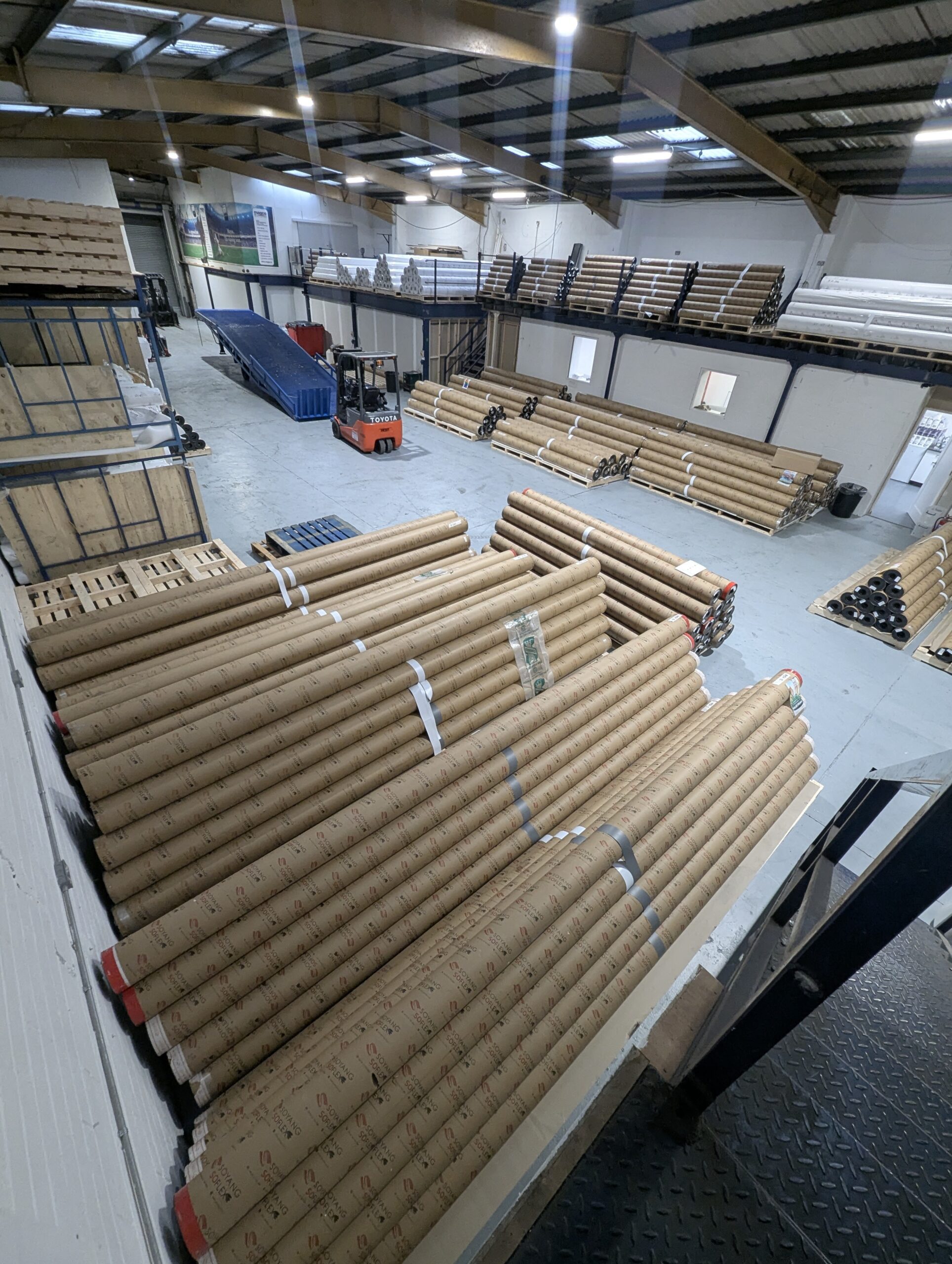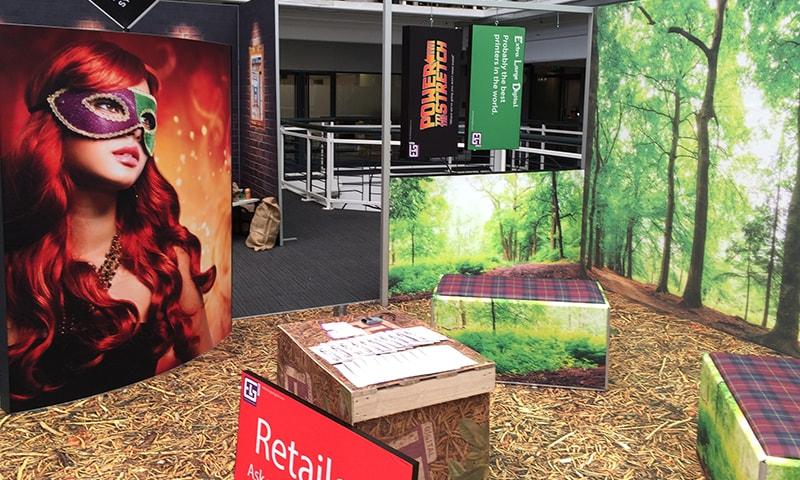It’s time for me to get on my textile soapbox again – and the timing of this ‘Your Shout’ is about right. We’re supposed to be heading towards summer, supposed to be enjoying lighter evenings, longer days and some fresh air.
It’s time for me to get on my textile soapbox again – and the timing of this ‘Your Shout’ is about right. We’re supposed to be heading towards summer, supposed to be enjoying lighter evenings, longer days and some fresh air.
That’s the theory of course, so if the planets do actually align properly and we get a spring followed by a summer, take a look around you when you’re outside next. Are you seeing an increase in flags and fabric used outdoors? I was over in Liverpool recently and even on the outskirts of the city – not far off the end of the M62, the place sets out its signage stall with row upon row of flags running down one of the arterial roads promoting events the city is hosting.
They caught my eye and added a certain something that a billboard or hoarding just wouldn’t – or couldn’t. Textiles become part of the environment when they’re produced well, reacting to the weather and creating movement and interest. It’s a great way to get a message across and somehow seems to have a softer, more appealing delivery than a flat message on a board. By the time I’d got to the Albert Dock, I’d seen countless examples of fabric being used. Maybe it’s because Liverpool is a maritime city – there’s plenty of breeze there to make the flags fly – or maybe they’re just thinking a bit more ‘European’. With good reason, of course; having been European Culture Capital in 2008 they’re bound to have learnt a trick or two from our more continental cousins, but how can you encourage your customers to think along the same lines when it comes to specifying graphics?
Winning business the green way
Sure – you can lead with the wonderful creative options a textile graphic can deliver, but heading towards the bottom line, there are some hard facts that any business needs to consider. Is it going to win me the business in the first place? If it does, what’s it going to cost and what profit is it going to bring?
Winning the business? If your client’s thinking along similar lines, then you’re off to a good start, but there are other influences you can bring to the meeting. How committed and aware are they of the need to show their green credentials? Do they have to declare materials, processes and print waste management trails? If you need a sound environmental solution for display graphics, chances are you’ll end up specifying a textile graphic and well and truly ticking that box. Polyester’s recyclable – and there are even some recycled polyester substrates available, so you have a double win there. If you’re dye sublimating the print, your ink is aqueous – so that’s another big positive and it’s long lasting too. The UV fastness of the best dye sub inks is sufficiently good that the printed aspect will actually outlive the flag itself.
Often it can be a case of educating the client; helping them to understand the benefits of the method and leading their specification process to a solution you can prove is right for them. At Soyang Europe, we work closely with several leading European fabric manufacturers. We only deal with vertical operations, which ensure we can audit their processes and supply chains, so aside from resulting in seriously good quality control, we know the provenance of the substrate – which allows us to confidently pass this information on to our customers.
Cutting your carbon footprint
Whilst we’re considering the environmental benefits of a printed textile solution, the carbon footprint is worth a mention too. Think of a large exhibition stand, a retail display that covers a wall in a department store or a big event banner. If you make any of them from ‘traditional’ printable materials – PVC banner, rigid board or vinyl, for example – although those will deliver a very good result without question, the transportation costs in comparison to textile is huge. To cover a large area with rigid boards will require not only pallets of heavy product, but several people to install it. The risk of damage in transit is high, however well they’re packed and even during install, the potential is there to ruin a job before it’s hardly begun.
Ship a textile graphic and it will fold up into a mailing bag, it may require no more than a little steam to remove the most stubborn creases on fitting and installation and can feasibly be installed with only one or two people with only minimal training required. In retail, this is a huge bonus, with shop staff trained to replace graphics in light boxes and other PoS, rather than sending install teams to site each time. Make it easy to replace and your client will come back for more print, keeping their message current with new and changing promotions and your cash flow stronger.
Installation
In-store installs are relatively simple affairs – print to something like Impact Prime backlit fabric, hem a silicon strip around the edge, pop it on the courier and the shop staff can put it in the modular aluminium frame system on the wall. External installs, if you will, are potentially more demanding – whatever the material. Factors such as the weather play an important part in determining what you spec, but again, a printed textile graphic can be your friend. A large graphic is at the mercy of the wind, so producing it from a mesh or perforated polyester allows some of it to pass through the material, reducing the anchorage needed (and your costs).
This is a challenge not just for building wraps and large installs but branding on smaller projects such as crowd control barriers and tethered banner drops can be an issue if not considered properly. By using a solid material, you’re in effect creating a sail and in a strong enough gust, a row of barriers goes scudding along the ground is going to win no-one any friends. Use a perforated product and wind loading is hugely reduced, ensuring the installation remains stable and above all safe.
It’s hardly an exhaustive list and each argument is a strong one in its own right, but added together, you have a very compelling argument for promoting a textile solution to your clients. Use it indoor or out, for window displays and escalators, exhibitions and cafes, stadia and shops; the opportunities are there waiting for you. Next time, I’ll try and inspire you further with a look at some of my favourite examples. It would be great if one of yours is on there too!
Latest News
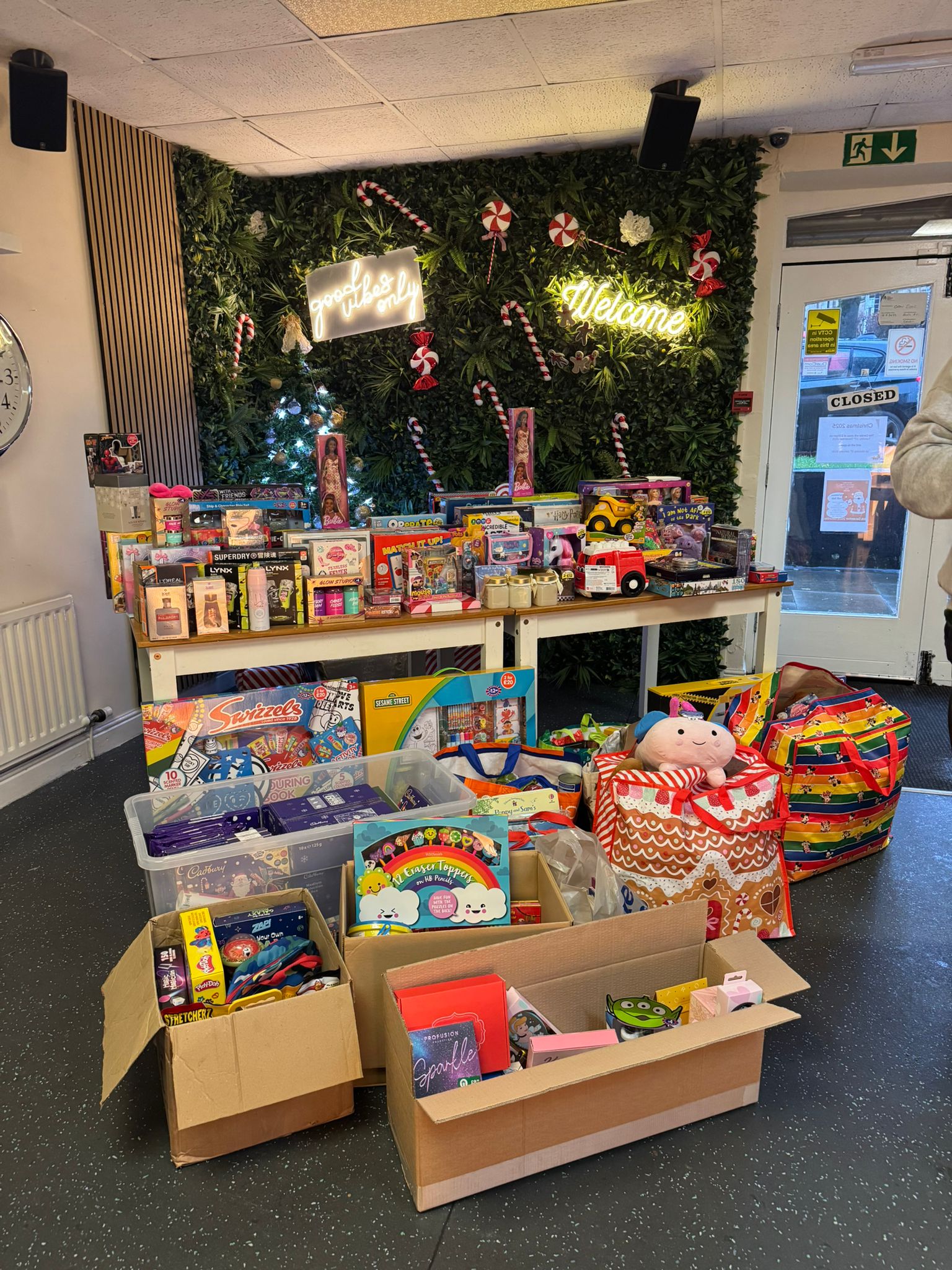
Soyang Europe spreads festive cheer with Christmas charity collection drive
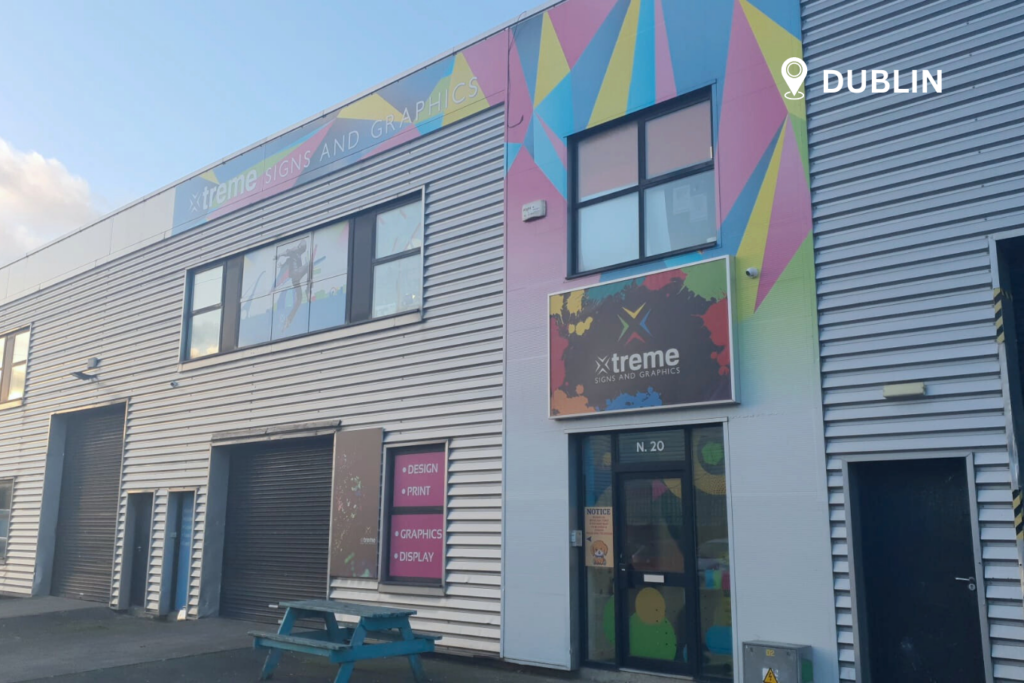
Xtreme Signs & Graphics sets Ireland-first with Veloblade Nexus 3032 from Soyang Hardware
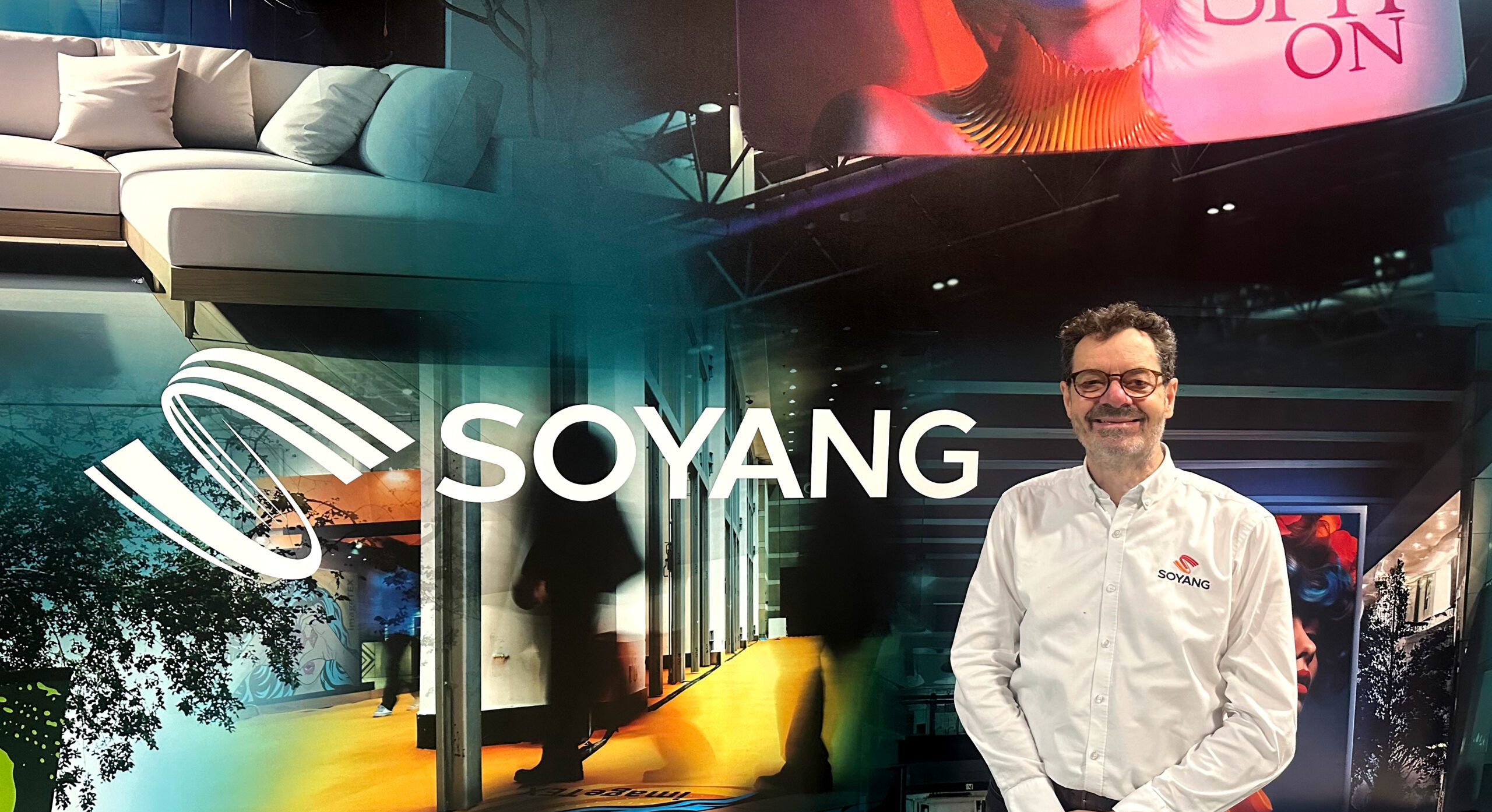
Soyang Europe wishes a happy retirement to Sales Manager Tim Egerton
